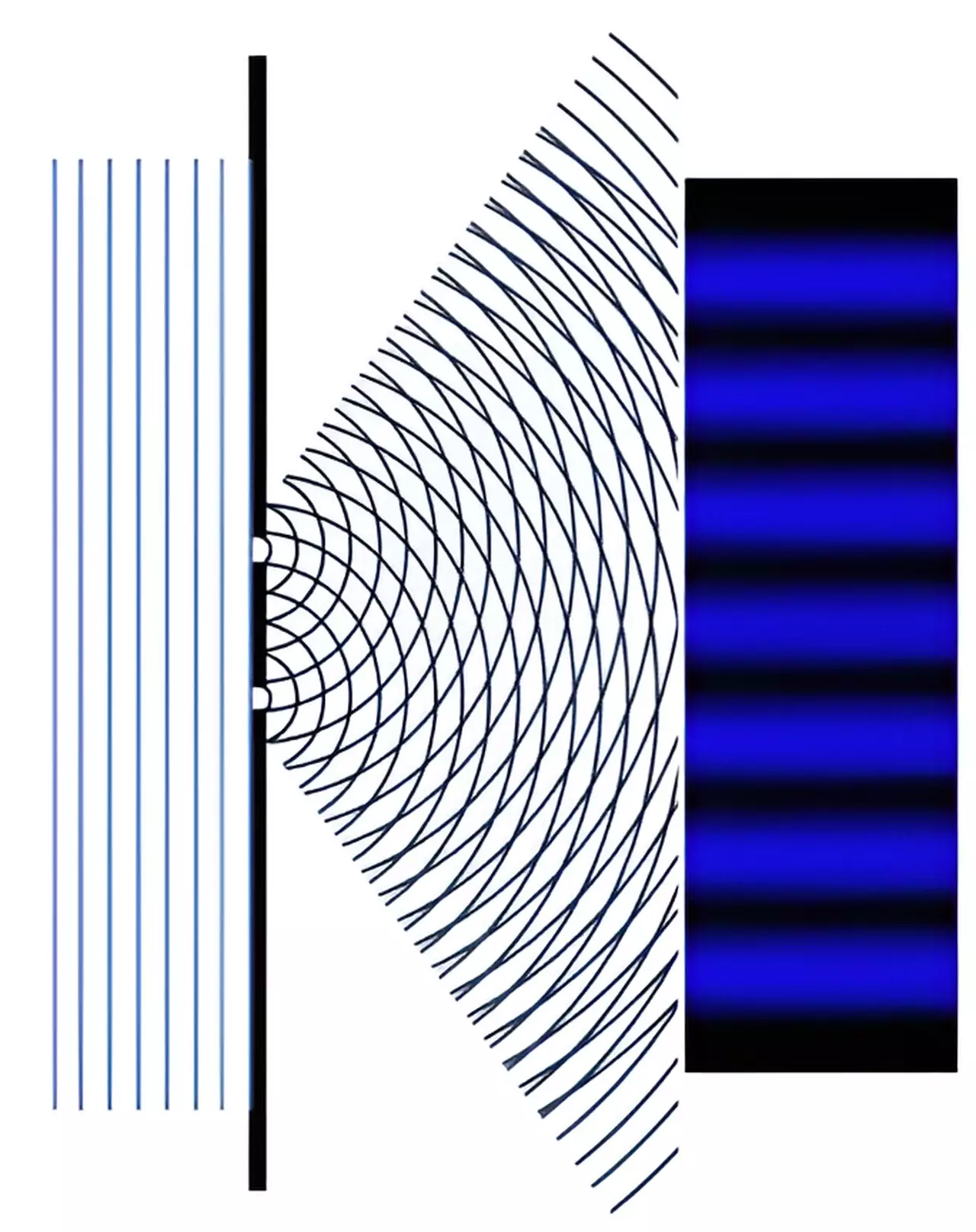In the realm of quantum computing, the topological quantum computer remains an enigmatic yet highly coveted concept. This theoretical machine is predicted to harness the principles of topology and quantum mechanics to create a system that is immensely stable and capable of performing computations far beyond the reach of classical computers. The pivotal component of such a machine is a specially designed qubit—essentially, the quantum equivalent of a classical bit—which has yet to be realized in practice. Despite these challenges, recent research has unveiled groundbreaking insights that could pave the way for the eventual construction of these powerful devices.
Researchers at University College Dublin, under the guidance of Professor Andrew Mitchell, alongside Dr. Sudeshna Sen from the Indian Institute of Technology, have made significant strides in understanding the quantum properties prevalent in nano-scale electronic circuits. Their explorations into the bizarre behaviors exhibited by electrons at the quantum level have led them to theorize about “split-electrons,” particles that behave as if they are fractions of a whole electron. This conceptual breakthrough suggests that it may indeed be possible to create topological qubits, an essential step in realizing the full potential of quantum computing.
Traditionally, electrons have been considered indivisible fundamental particles. However, the principles of quantum mechanics defy this intuition, revealing a realm where conventional understanding breaks down. According to Dr. Sen, the transition to nano-scale electronics has presented us with new challenges—where prevailing laws dictated by classical physics no longer apply. Instead, electrons can move one-by-one through narrow pathways, leading to unique manifestations of quantum behavior.
A cornerstone of this research is the phenomenon of quantum interference. In a nanoelectronic circuit, where electrons can travel down multiple paths, interference arises when these paths converge. Professor Mitchell explains that this effect can block electron flow by allowing electrons to destructively interfere with each other—a phenomenon reminiscent of the famous double-slit experiment that laid the groundwork for quantum mechanics.
The beauty of quantum interference lies in its dual nature; it illustrates both wave-like and particle-like properties present within electron behavior. When electrons travel through alternative paths, they do not simply act as discrete particles; instead, their wave functions interact in intricate ways that can lead to a variety of outcomes, including the cancellation of electron flow. Thus, the insights gained from analyzing these dynamics are pivotal for moving forward in the development of novel quantum technologies.
A compelling twist in this narrative is the theoretical existence of Majorana fermions—particles that have tantalizing potential for quantum computation. These elusive entities, first predicted by the Italian physicist Ettore Majorana in 1937, possess the extraordinary feature of being their own antiparticles. The significant challenge lies in the practical isolation and manipulation of Majorana fermions, which remain a focal point for various research initiatives around the globe.
The team’s findings highlight the possibility of generating Majorana particles through controlled quantum interference in nanoelectronic circuits. This opens up avenues for scientists to not only create these particles but also explore their profound implications for quantum computation. By fostering an environment where multiple electrons interact and strongly repel one another, the researchers demonstrated that collective behavior may allow for the emergence of split-electron states that parallel the elusive Majorana fermions.
The realization of topological quantum computers hinges on numerous breakthroughs yet to come, one of the most critical being the ability to produce and manipulate Majorana fermions effectively. As Professor Mitchell notes, the pursuit of these particles stands as a key element in the ongoing search for viable topological qubits. The findings presented by Mitchell and Sen not only advance theoretical understanding but also provide a potential pathway to bridging the gap between abstract concepts and operational technology in quantum systems.
Ultimately, the connection between fundamental quantum mechanics and the burgeoning field of nanoelectronics may reshape our understanding of computation and usher in a new era of technology. As researchers dive deeper into the interconnected realms of quantum theory and practical applications, the dream of topological quantum computers may very well transition from theoretical curiosity to revolutionary reality. The quest continues, and with it, the future of computing hangs in the balance.


Leave a Reply